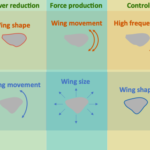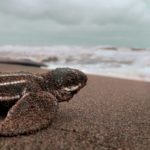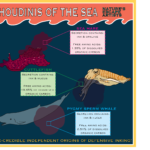2025 Annual Meeting
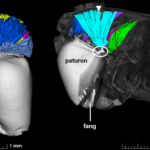
Charlotte’s Web Came at the Cost of Her Bite
By Michael Kardos
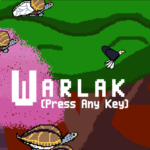
Level up your learning – student performance improves after evolution game
By Emelia Obodum Kusi

Doing the “righting” thing: How leaping water striders achieve a perfect landing
By Brady Nichols
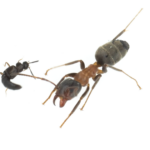
Flex, Flee, or Fool: How Rove Beetles Outsmart Ants with a Chemical Defense System
By Esther Okamoto
2024 Annual Meeting
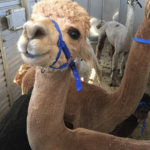
How science is changing our view of the mammalian hymen
By Sacha Sides
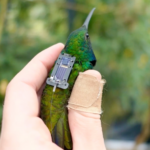
Tiny backpacks for tiny birds: tracking hummingbird behaviors without weighing them down
By Jenny Wong
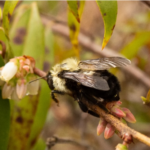 Can thermoregulatory behavior buffer bees against heatwaves?
Can thermoregulatory behavior buffer bees against heatwaves?
By Juan Zuluaga
2023 Annual Meeting
 100 feet. No brain. Still walking.
100 feet. No brain. Still walking.
By Samantha Trail

Ripe with possibility: the queer language of plants
By Julia LaValley
 Tadpoles Without Friends: Bigger, Badder, Meaner
Tadpoles Without Friends: Bigger, Badder, Meaner
By Jacquline Rich
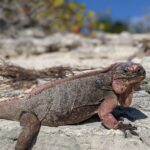
High on sugar! Iguanas love sugary treats..…maybe a bit too much
By Saraswathy Vaidyanathan
2022 Annual Meeting
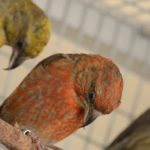 Gut check: What does our social circle tell us about our environment?
Gut check: What does our social circle tell us about our environment?
By Kate Hunter
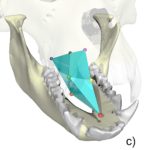 Flex it! Twist it! Roll it! Complex tongue movements during chewing in macaques
Flex it! Twist it! Roll it! Complex tongue movements during chewing in macaques
By Mateo Rull Garza
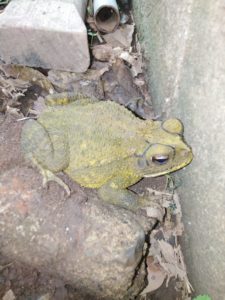 A Toadally Awesome Defense System: How do Toads Make their Poison?
A Toadally Awesome Defense System: How do Toads Make their Poison?
By Lisa Mesrop
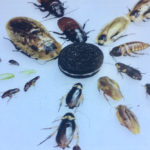
Research and design: how biologists draw inspiration from nature’s complexities
By Andrew Saintsung

The sweeter and softer birdsongs of the COVID-19 pandemic
By Jackie Childers
 Who’s dam busy?
Who’s dam busy?
By Jacey Van Wert
2020 Annual Meeting (Austin)
 Cooperative cuttlefish share their secrets of depth perception.
Cooperative cuttlefish share their secrets of depth perception.
By Ben Burford
 Sending the bat signal – through pee.
Sending the bat signal – through pee.
By Victoria Farrar
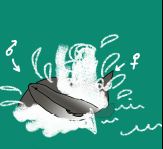 The peculiarities of porpoise sex.
The peculiarities of porpoise sex.
By Tracy Burkhard
2019 Annual Meeting (Tampa)
 The Devil Wears Prada: Birds Have Designer Cheats to Make The Bland Look Beautiful.
The Devil Wears Prada: Birds Have Designer Cheats to Make The Bland Look Beautiful.
By Nicholai M. Hensley
 Who needs A/C, when you’ve got honeybees!?.
Who needs A/C, when you’ve got honeybees!?.
By Candace Grimes
 Extending night hours at zoos: How are animals affected?.
Extending night hours at zoos: How are animals affected?.
By Michelle Herrera, University of California, Irvine
2018 Annual Meeting (San Francisco)
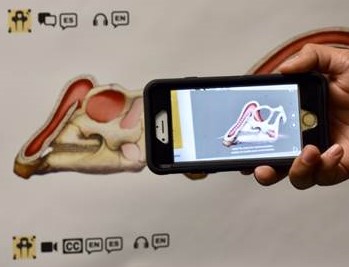 Augmenting Reality to Make Science More Inclusive .
Augmenting Reality to Make Science More Inclusive .
By Alyssa Frederick, University of California, Irvine
 Urban Jungle.
Urban Jungle.
By Chloé Schmidt, University of Manitoba
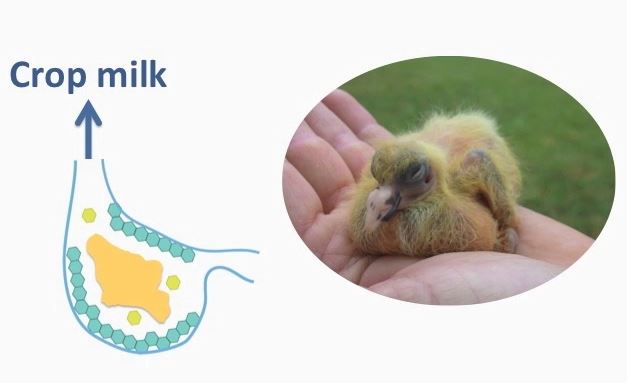 “Got crop milk?” and “Meet the scientist!”.
“Got crop milk?” and “Meet the scientist!”.
By Itzue Caviedes Solis, University of Washington
 How do you preserve a chameleon brain? You’ll need Tupperware and tenacity.
How do you preserve a chameleon brain? You’ll need Tupperware and tenacity.
By Tracy Burkhard, University of Texas at Austin
 Leading the way: Finches provide new insights into the effects of lead exposure.
Leading the way: Finches provide new insights into the effects of lead exposure.
By Maggie Jones, Iowa State University
2017 Annual Meeting (New Orleans)
 Eye-tuned: how starfish stay home.
Eye-tuned: how starfish stay home.
By Amanda Franklin
 Tiny acorn ants reveal secrets of urban evolution.
Tiny acorn ants reveal secrets of urban evolution.
By Mary Lauterbur
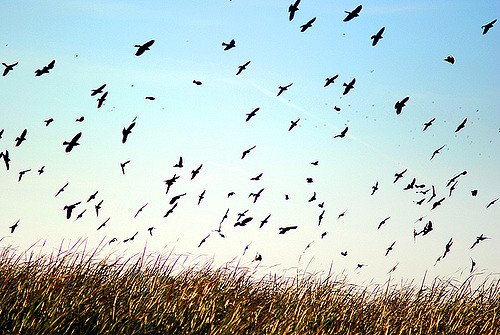 Artificial noise: an innovative approach to bird conservation and management.
Artificial noise: an innovative approach to bird conservation and management.
By Corrie J. Navis
2016 Annual Meeting (Portland)
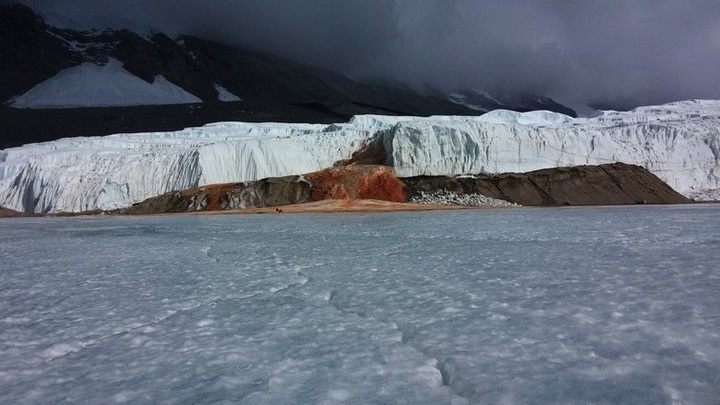 Blood, brines, and microbiology beneath Antarctic glaciers.
Blood, brines, and microbiology beneath Antarctic glaciers.
By Sara ElShafie
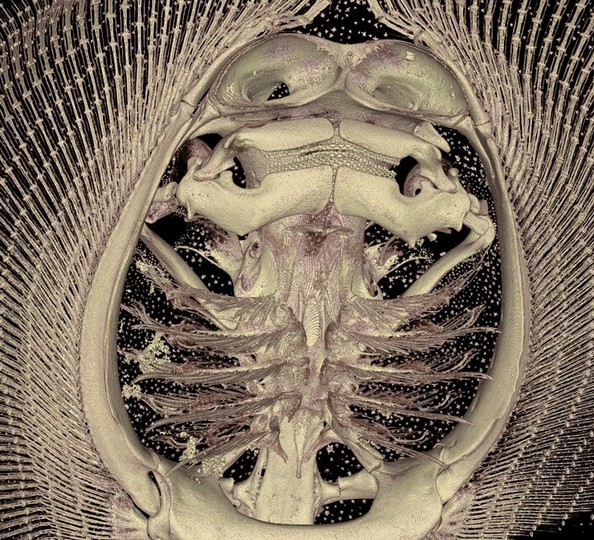 Stingrays solve problems with eating troublesome prey in surprising ways.
Stingrays solve problems with eating troublesome prey in surprising ways.
By Kaitlyn Lowder
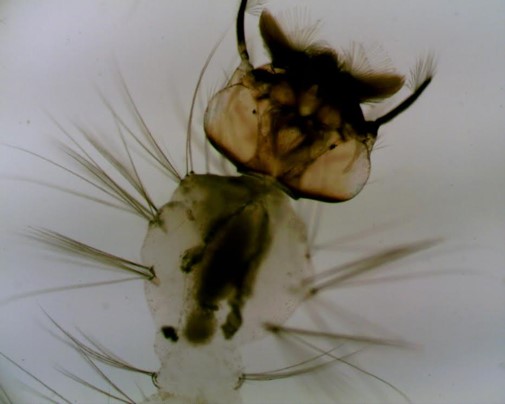 Mosquitos Feed More and Breed More When Hosts Are Stressed.
Mosquitos Feed More and Breed More When Hosts Are Stressed.
By Phoebe D. Edwards
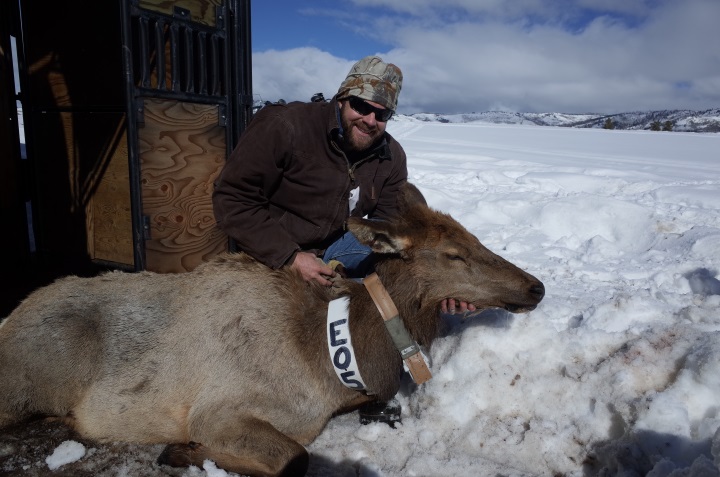 Predicting Elk Migrations to Lessen the Spread of Brucellosis.
Predicting Elk Migrations to Lessen the Spread of Brucellosis.
By Ashley Booth
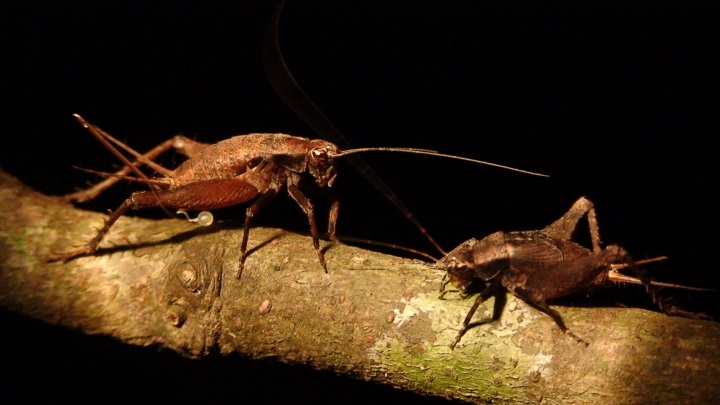 Cricket males’ aggressive take on ‘Marco Polo’ sets the stage for sexual signal evolution.
Cricket males’ aggressive take on ‘Marco Polo’ sets the stage for sexual signal evolution.
By Callum Kingwell, Department of Neurobiology and Behavior, Cornell University
2015 Annual Meeting (West Palm Beach)
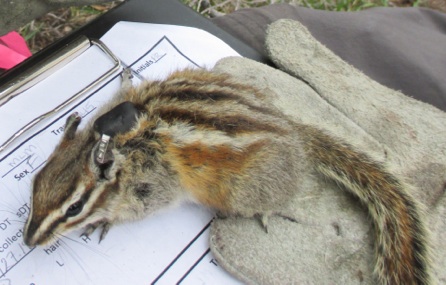 Chipmunks on the move: New ways to measure behavior help researchers explore uneven impacts of climate change.
Chipmunks on the move: New ways to measure behavior help researchers explore uneven impacts of climate change.
By Laura Booth, Department of Ecology, Evolution, and Environmental Biology, Columbia University
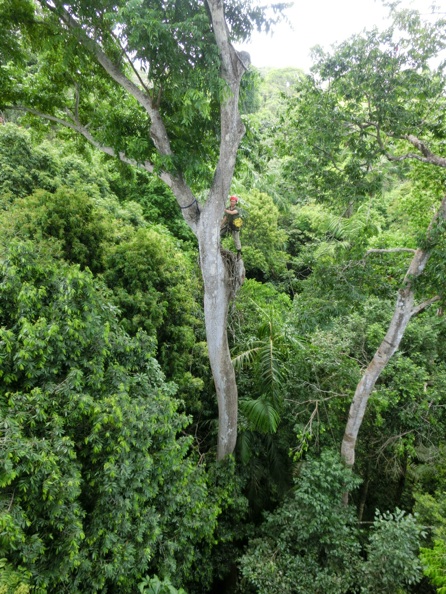 Where will lightning strike next?
Where will lightning strike next?
By Ieva Roznere, Department of Evolution, Ecology, and Organismal Biology, The Ohio State University
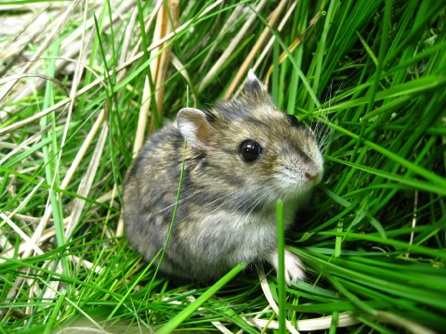 Hamsters use a novel approach to control aggression.
Hamsters use a novel approach to control aggression.
By Devin Merullo, Department of Zoology, University of Wisconsin-Madison
 The mind of the matter: social interactions contribute to intelligence in birds.
The mind of the matter: social interactions contribute to intelligence in birds.
By Alexis Lanza, Department of Biology, University of Florida
2014 Annual Meeting (Austin)
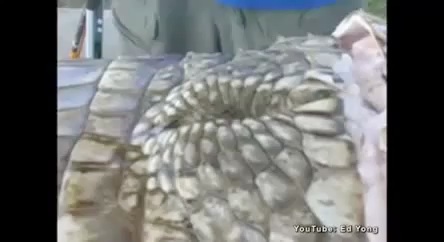 Vertebrate reproductive evolution is laid bare by the ever-erect, spring-loaded alligator penis.
Vertebrate reproductive evolution is laid bare by the ever-erect, spring-loaded alligator penis.
By Justin Havird, Department of Biological Sciences, Auburn University
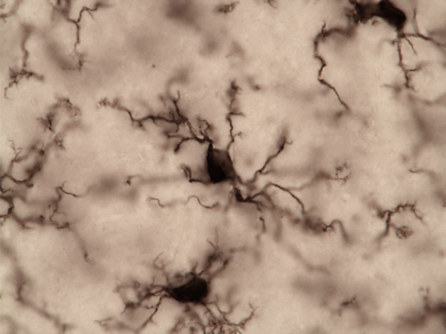 The “Old Friends” hypothesis: Reopening a can of worms.
The “Old Friends” hypothesis: Reopening a can of worms.
By Brenna Doheny, Marine Biomedicine and Environmental Sciences, Medical University of South Carolina
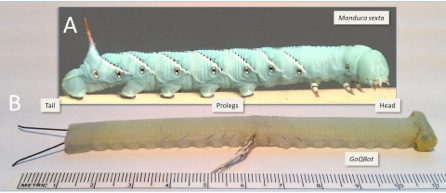 The softer side of nature: caterpillars inspire new-age robots.
The softer side of nature: caterpillars inspire new-age robots.
By Beth Mortimer, Department of Zoology, Oxford University
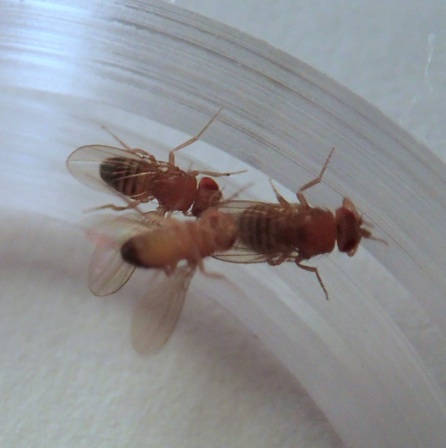 Sexy single female fruit fly in search of experienced male.
Sexy single female fruit fly in search of experienced male.
By Casey Gilman, Biology Department, University of Massachusetts, Amherst
2013 Annual Meeting (San Francisco)
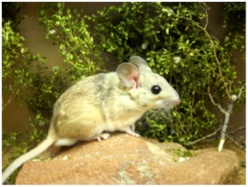 Bacteria allow woodrats to eat poison.
Bacteria allow woodrats to eat poison.
By Anne Madden, Department of Biology, Tufts University
 Earliest legs weren’t made for walking.
Earliest legs weren’t made for walking.
By Katrina Jones, The Center for Functional Anatomy and Evolution, Johns Hopkins University
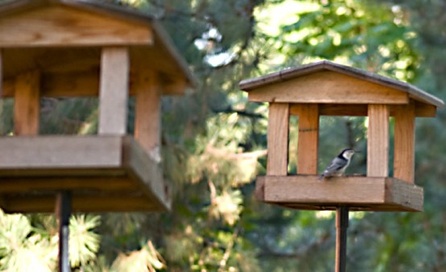 Birdseed, cowbirds, and disease: The unintended consequences of bird feeding.
Birdseed, cowbirds, and disease: The unintended consequences of bird feeding.
By Shane Hanlon, Department of Biological Sciences, University of Memphis
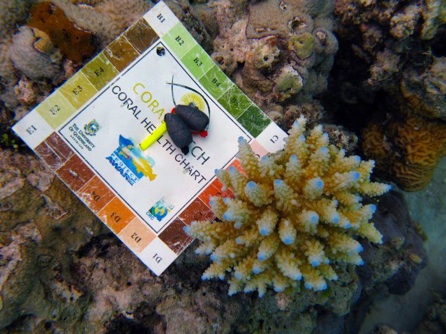 A tale of two corals: genetic relationships of coral reefs in Micronesia.
A tale of two corals: genetic relationships of coral reefs in Micronesia.
By Medhavi Ambardar, Department of Zoology, Oklahoma State University
 Soccer players tackle animal performance.
Soccer players tackle animal performance.
By Hugo Dutel, Museum national d’Histoire naturelle, Paris, France
 Skimming the surface: a larval window on the biodiversity of nemertean worms.
Skimming the surface: a larval window on the biodiversity of nemertean worms.
By Christopher Laumer, Department of Organismic & Evolutionary Biology, Harvard University
2012 Annual Meeting (Charleston)
 Fighting off infection: some of Darwin’s finches pack a punch.
Fighting off infection: some of Darwin’s finches pack a punch.
By Julie Charbonnier, Department of Biology, Virginia Commonwealth University
 Fish species snake their way on land.
Fish species snake their way on land.
By John Whiteman, Department of Zoology & Physiology, University of Wyoming
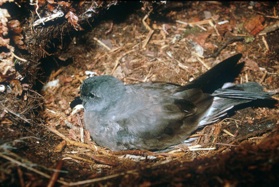 Half a century of seabirds and weather.
Half a century of seabirds and weather.
By Emily Elderbrock, Department of Biological Sciences, University of Memphis
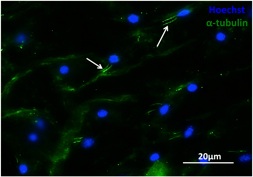 Sponge ‘sneezes’ point to mechano-sensory system, minus the neurons.
Sponge ‘sneezes’ point to mechano-sensory system, minus the neurons.
By Desmond Ramirez, Department of Ecology, Evolution, and Marine Biology, University of California, Santa Barbara
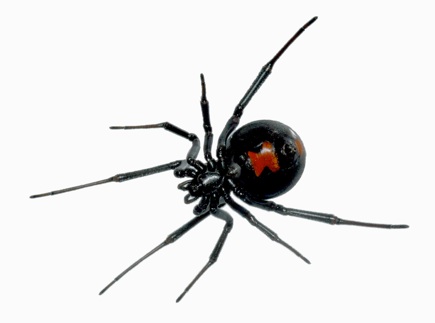 A Stealthy Warning: The Black Widow’s Covert Color Communication.
A Stealthy Warning: The Black Widow’s Covert Color Communication.
By Kara Feilich, Museum of Comparative Zoology, Harvard University
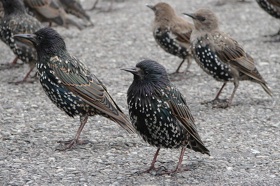 Out in the Cold: Birds of a Feather Responding to Weather.
Out in the Cold: Birds of a Feather Responding to Weather.
By Karen Word, Department of Neurobiology, Physiology, and Behavior, University of California, Davis

